Overactive Bladder? Here’s What You Need to Know
This post was reviewed by our Director of Clinical Excellence and Oversight.
When you leave the house, do you leave with the nagging fear that you might have one of those sudden urges to pee? The kind of urge that means you can never be more than a few yards from a restroom and are always worried that you’ll have an accident? If so, you may be among the millions living with a condition known as overactive bladder (OAB).
OAB affects as many as 40 percent of women and 30 percent of men. But it isn’t actually a disease. It’s a group of symptoms that make you feel the sudden urge to urinate, or that you need to go. Lots of people struggle with OAB. Many don’t ask for help because they’re embarrassed or think nothing can be done. We beg to differ!
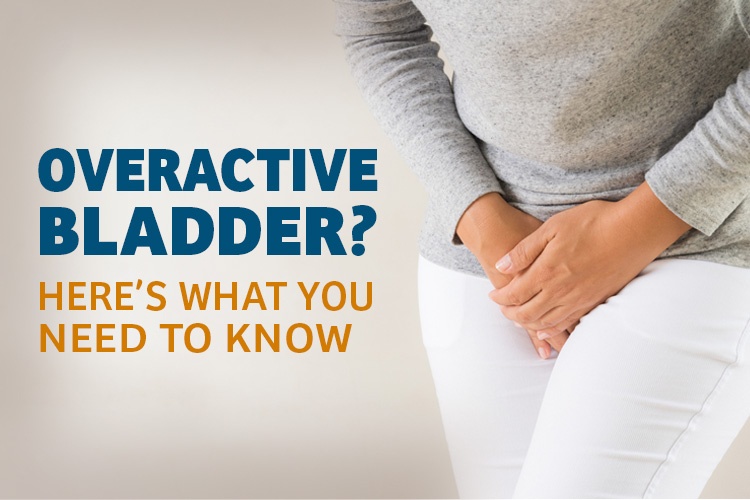
We wrote this blog to share facts and encouragement about overactive bladder and incontinence. Why live with a condition that makes you miserable when you may be able to prevent or control it? Read on and get ready to echo the words of this person living with OAB who said, “I waited five years to talk with my doctor about my OAB symptoms. I only wish I would have done it sooner!”
What Is OAB and Why Does It Happen?
You likely have OAB if you pee more than eight times in 24 hours, and more than one time during the overnight hours when you should be sleeping. There are three main symptoms:
- Feeling that you have to go…NOW!
- Sometimes leaking when you get that sense of urgency
- Peeing frequently, day and night
It’s important to know that overactive bladder is not:
- A normal part of aging, even though age is a factor
- A normal part of being female
- Caused by something you did
- Impossible to treat
- Treated only by surgery
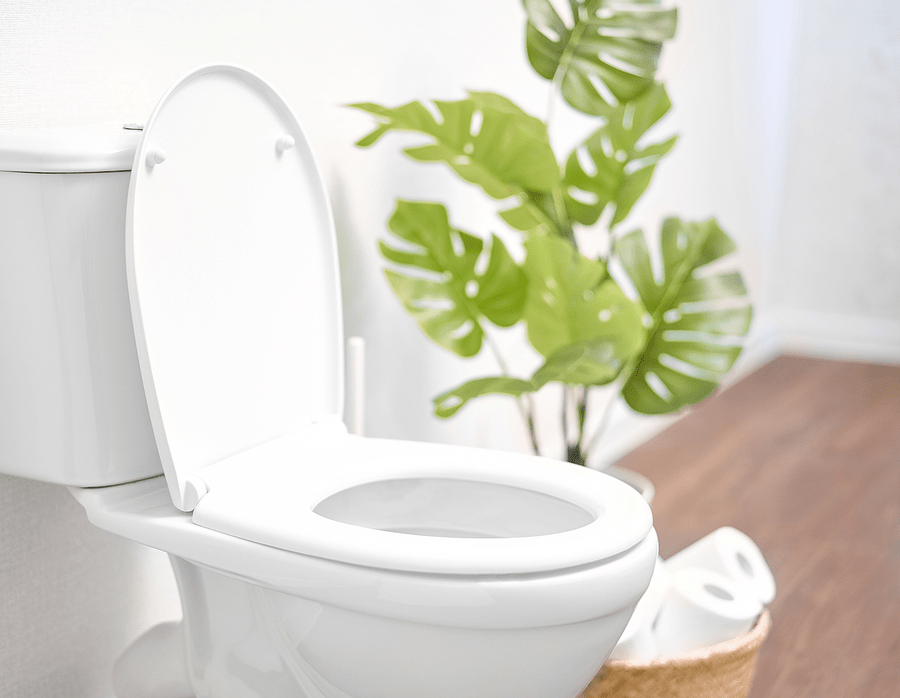
Normally, the brain signals the bladder as it fills with urine, alerting you that you need to get to a restroom, and when the time is right, causing the bladder muscles to squeeze, forcing urine out through the urethra. With OAB, the bladder contracts at the wrong time, sending signals to the brain telling it to empty before it’s actually full. In some cases, the muscles in your bladder may be too active, giving you that strong urge to urinate at inopportune times.
Here are some of the risk factors associated with OAB:
- A urinary tract infection
- Neurologic problems that interrupt the signals between your brain and bladder
- Hormone changes
- Weakness or spasms in the pelvic muscles
- Side effects of medication
- Stroke, MS, and other conditions that affect the brain or spinal cord
Time to Get Help?
With trips to the bathroom all day—and often at night—overactive bladder can mess up everything from work and socializing, to exercise, sleep, and even your sex life.
Why tough it out when symptoms can often be treated? If you’re tired of the leaking and isolating that affect many people with OAB, maybe it’s time to reach out to your care team. Your provider may send you to a urologist, a physician who is an expert in bladder health and the urologic system.
The doctor will want to know about your health history—how long you’ve had the symptoms, and when and what you eat and drink. A physical exam will check for other conditions that could be causing the symptoms. You may be asked to take tests, like a urine sample to test for blood or infection, a bladder scan to show how much urine stays in your bladder after you go, or a cystoscopy, where a thin tube outfitted with a camera is inserted into your bladder to see if it appears normal.
Doctors often suggest that patients keep a bladder diary, which is a log of when and how much you go, when you leak, and the normal events in your daily life. This diary may indicate a pattern that shows when your bladder tends to be overactive or may point to certain foods or activities that are aggravating your system.
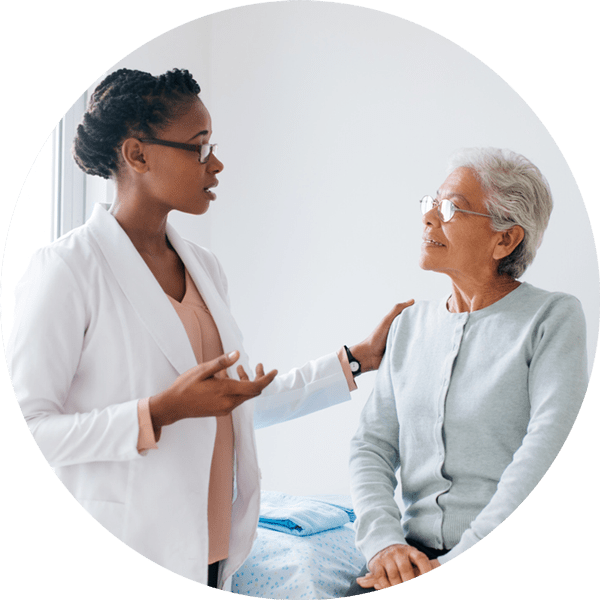
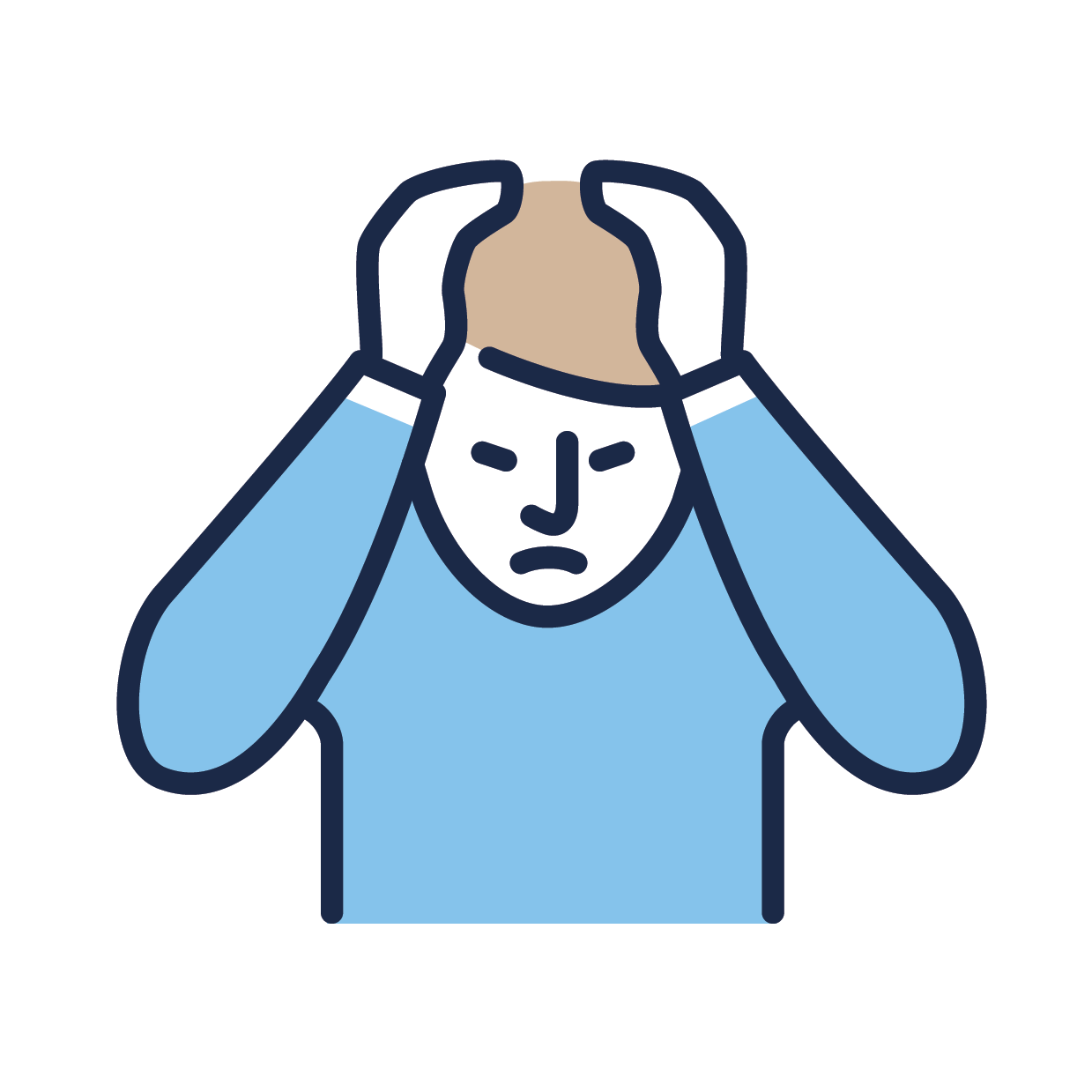
With trips to the bathroom all day—and often at night—overactive bladder can mess up everything from work and socializing, to exercise, sleep, and even your sex life.
Try This First
If you are diagnosed with OAB, you’ll probably be asked to try some lifestyle changes first. These may include limiting caffeine, artificial sweeteners, alcohol, soda, citrus, tomatoes, chocolate, and spicy foods, all known bladder triggers. Weight loss has also been shown to help eliminate OAB symptoms. Exercises to help relax the bladder muscle can often help and may also be among the strategies recommended by your care team. One exercise involves quickly squeezing then relaxing the pelvic muscle several times in a row.
Your doctor may also recommend a technique called double voiding. After you pee, you wait a few seconds, then try again. Another approach known as delayed voiding involves training your bladder to go longer and longer without needing the bathroom.
Timed urination means establishing a daily schedule of pitstops, for example every two hours, whether you feel the need to go or not.
Another suggestion you might get from your doctor is to try to avoid getting constipated. A full rectum can make the bladder feel full, causing it to contract and giving you the “gotta go” signal.
If these changes don’t improve your symptoms, your provider may recommend treating your OAB with medicine that relaxes the bladder muscle. Another approach is nerve stimulation therapy to improve the messaging between your brain and bladder. Sacral neuromodulation uses a bladder pacemaker to improve the signals between the spinal cord and the bladder. In very serious cases, surgery may be an option, including a procedure called augmentation cystoplasty that enlarges the bladder.
Keep in mind that everybody’s bladder—and everybody’s OAB—are different. Your doctor may need to try one or more treatments in order to get the best results for you.
If you have Medicaid as your insurance, Home Care Delivered may be able to deliver your incontinence supplies right to your door, saving you a drive across town to purchase supplies of a highly personal nature.
Win the Battle of the Bladder!
Incontinence is uncomfortable, it’s distressing, and it can impact your quality of your life. If you’re frequently feeling that Big Urge or peeing quite often, find out what’s going on and what you can do about it.
If your life includes leaks, you’ll also want to have bladder control pads, protective underwear, briefs, and underpads on hand. If you have Medicaid as your insurance, Home Care Delivered may be able to deliver your incontinence supplies right to your door at no cost to you, saving you both money and a drive across town to purchase supplies of a highly personal nature.
The HCD model is simple. You order by phone, online, or text, and we promptly deliver top quality, insurance-covered incontinence products to your door. A member of our awesome customer care team will communicate with your doctor and coordinate with your insurance provider. We even handle the pesky paperwork! If you’d like, provide your phone number on the bottom left of the screen and we’ll get back to you. Or, start the process by calling us at 804-885-4101. Unfortunately, at this time, Medicare does not cover incontinence supplies as a benefit.
Overactive bladder? Who needs it! Talk to your doctor and partner with HCD for the supplies you need to keep that sudden urge to go under control.

Get Incontinence Supplies Online With Medicaid
No Credit Card | Fast Delivery | 100% Discreet
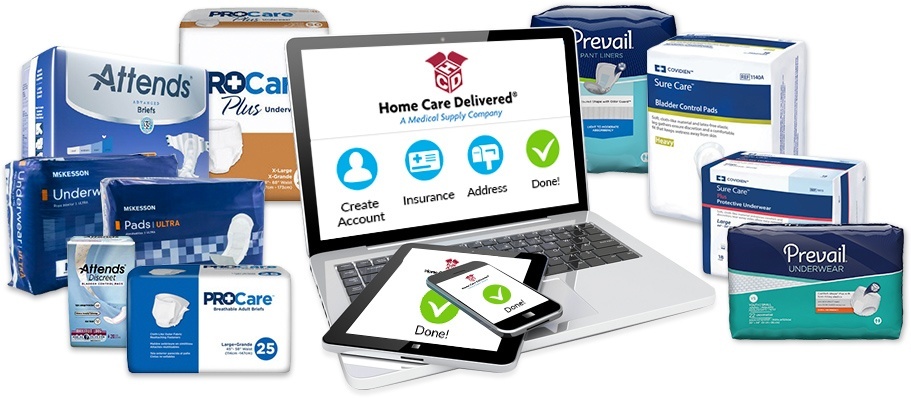
Disclaimer:
Unless otherwise noted, the recommendations in this document were obtained from the sources indicated. Be advised that information contained herein is intended to serve as a useful reference for informational purposes only. HCD cannot be held responsible for the continued accuracy of or for any errors or omissions in the information. All trademarks and registered trademarks are the property of their respective owners.

